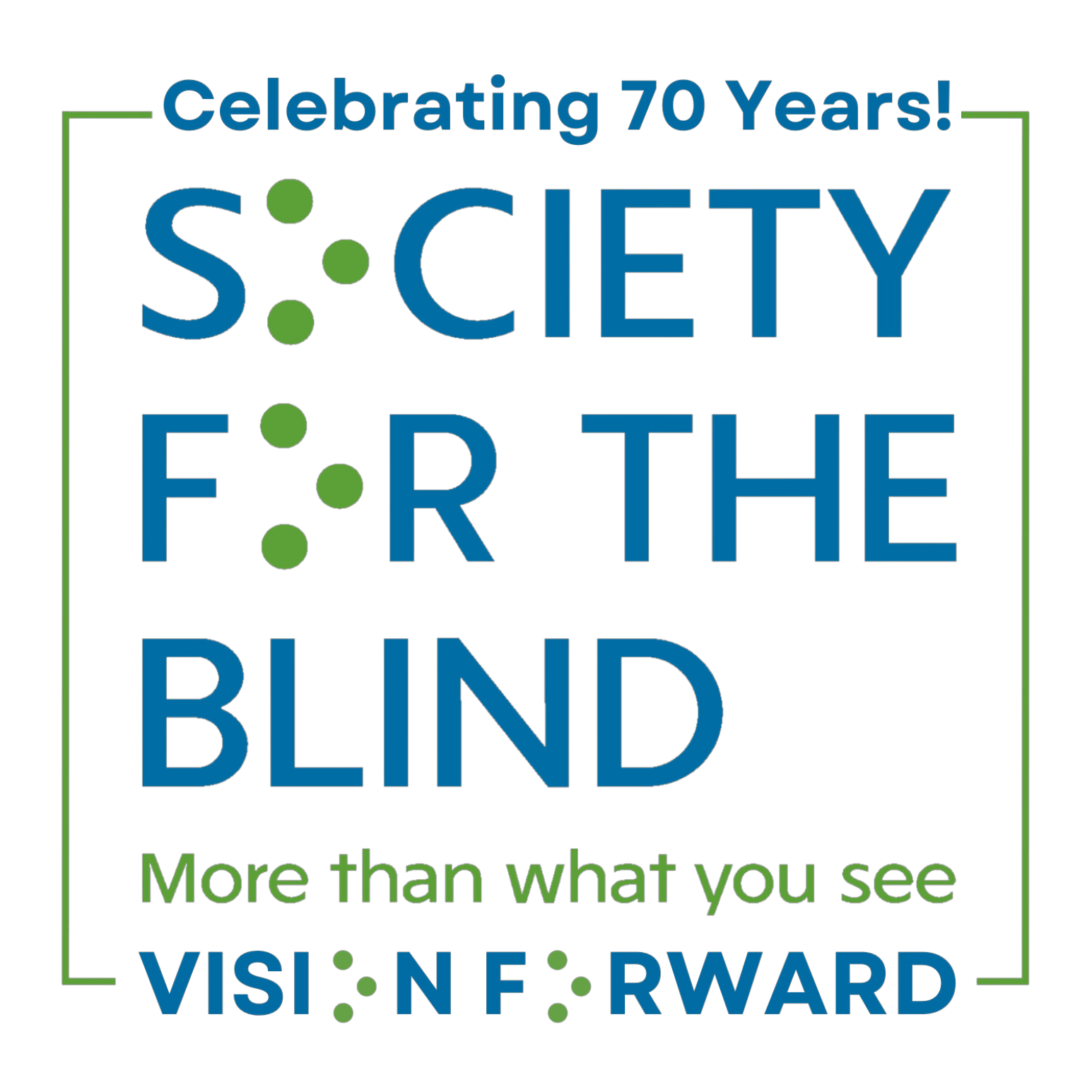A Change You Can Feel
By Aser Tolentino, Assistive Technology Instructor

The predominant image most people probably have of Braille is something completely static: a set of raised dots on an elevator control panel, or on plaques with room numbers in the halls of public buildings. Some people might think of Braille books – voluminous, hard-shelled tomes that when closed look like props from some fantasy show’s idea of an ancient library – or sheets of heat-treated plastic that ware down fingertips like sandpaper. The thing is that the modern face of Braille is something quite different. Whether with Bluetooth connectivity or smartphone apps, modern Braille is written and read as a digital medium. Nowhere is this more apparent than in the newest refreshable Braille display from HIMS Inc., known as the QBraille XL.
A hint of what makes the QBraille special is in its name, specifically the first letter. The “Q” refers to the standard QWERTY keyboard that dominates our lives as the primary method of committing thought to text in the 21st century. While the QBraille lacks QWERTY keys, its perimeter is marked by the presence of all the modifier keys that separate the modern computer keyboard from that of say a typewriter. Along the bottom row, one will find Control, Function, Windows, Alt, Applications and arrow keys. Along the top, there are Function and Escape keys, and even that six-pack of navigation keys most people know exist, but few actually seem to use. The significance of this might escape someone new to refreshable Braille, but for those well versed in the use of computers without the benefit of visual feedback, this is a big deal.
To understand why the QBraille is such a major development, it helps to know a little about Braille displays generally. For many people, a Braille display largely exists as an output device. In fact many older models simply lacked keys for text entry. Some devices that were computers unto themselves took the approach of adding QWERTY keyboards of their own. The reason was that by the time this technology was maturing, computers were complicated machines with interfaces that required a library of special commands to perform even basic functions. A blind person with a keyboard could cope with that just fine, so long as there were equivalent keyboard commands to any icons or other visual elements that had to be selected to perform work. But what does one do when their traditional interface only has nine (the six Braille dots, Space, Enter and Backspace) buttons? The answer was obviously to add more buttons, and some displays did just that. The thing was that no one could agree on how many buttons there should be or what they should do. Also, many manufacturers took to simply having the display emulate commands with a combination of Braille dots pressed in conjunction with the Space, Enter or Backspace keys. Here is an example of a list of Braille display commands for the NVDA screen reader. Over the years, some Braille displays sought to reproduce the familiar modifier key format, but these devices tended to be rather expensive or had their own way of orienting the keys. The QBraille, on the other hand, is competitively priced with 40-cell Braille displays from other major manufacturers and retains the relative placement of the modifier keys that has become standard across desktop and mobile keyboards. This means that when you boot up the QBraille and pair it to a computer or mobile device, you can perform the same functions as you would using a QWERTY keyboard using the same modifier key. Hold down the Control key and press the dot 1 key for an “a” and you’ll select all the text in your document, for instance. Hold down Control again and press “c” to copy it to the clipboard.
Speaking of booting it up, like its predecessor the Braille Edge and its primary competitor Vispero’s fifth-generation Focus40 Blue, the
Thanks to North State Assistive Technology, which operates a retail store here at Society for the Blind, we have one of these devices on loan so that visitors and our clients who may need a Braille display can try one in person. This of course means that the assistive technology staff here has all taken it for a spin. “HIMS continues to show its ingenuity when it comes to their Braille notetakers and displays,” said Cory Hanosh, of North State Assistive Technology. “With the latest introduction of the QBraille and last year’s introductions of the Polaris and Polaris Mini, HIMS has really taken the old guards to task. We are pleased to partner with a company that takes the user’s needs to heart and develops the highest technology products with the cleanest interface.”
If you’re interested in learning more about this or other assistive technology products, you can contact Society for the Blind to be put in touch with one of our instructors. You may also visit North State Assistive Technology’s website at http://northstateat.com/
